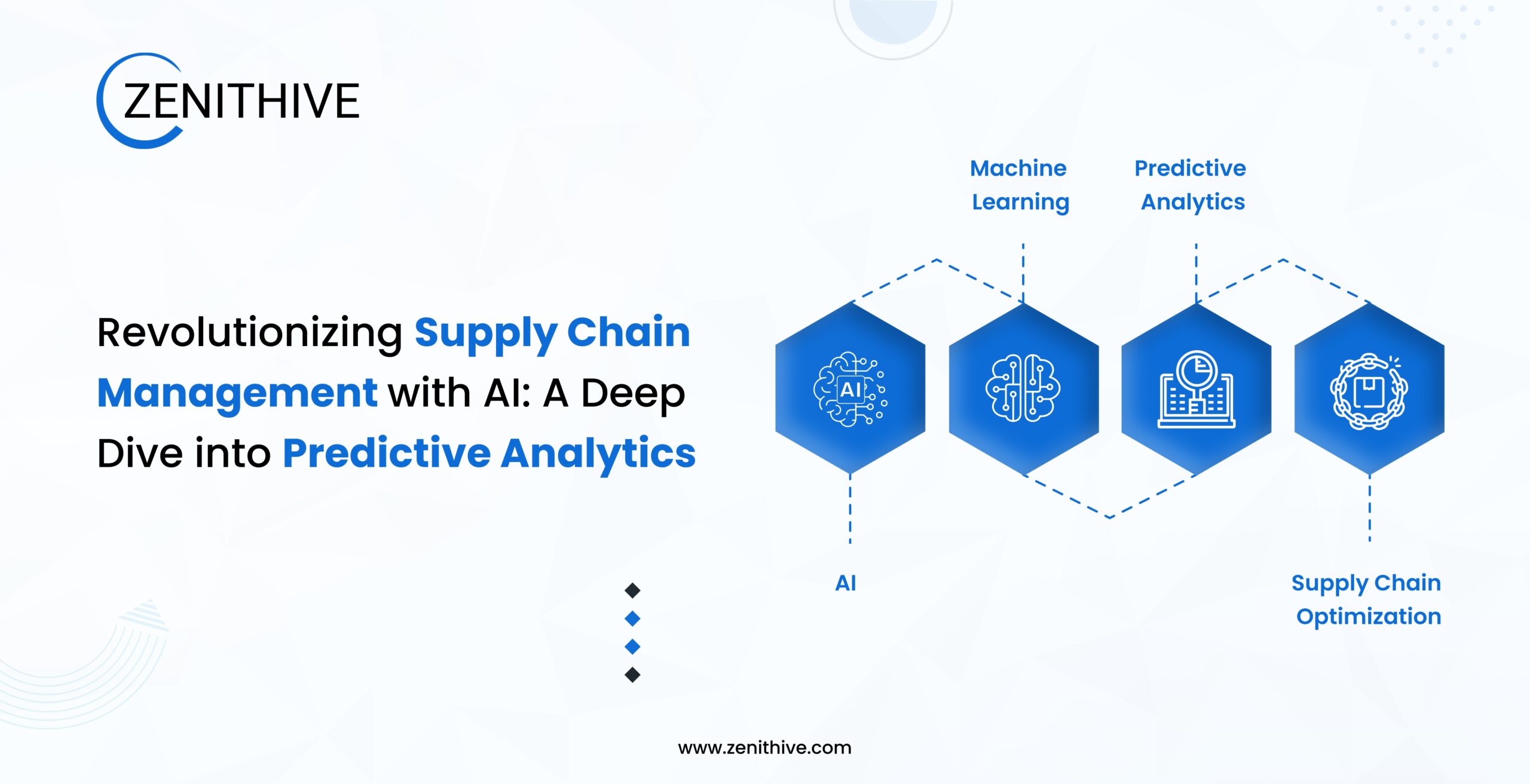Introduction
Today, Large Language Models (LLMs) are transforming industries by enabling applications such as intelligent chatbots, real-time translators, and advanced text summarization tools. Building and deploying these systems at scale presents unique challenges. Traditional tools like Python, while versatile, often struggle with performance and scalability when faced with enterprise-grade requirements. Golang (Go) offers a solution designed for speed, efficiency, and scalability, making it an ideal choice for developing LLM systems.
The AI market is expected to reach $1.81 trillion by 2030, reflecting the exponential growth in adoption. Within this ecosystem, LLMs have seen 65% growth in enterprise adoption over the last two years, showcasing their critical role in next-generation AI solutions. Simultaneously, Golang’s rising popularity among developers, ranking among the top 5 most-loved programming languages, positions it as a strategic option for building high-performance AI systems.
Why LLMs Are the Future of AI
LLMs, such as OpenAI’s GPT series and Google’s PaLM, have shown unprecedented capabilities in understanding and generating human-like text. Their applications span across multiple industries:
- Customer Service: Automated chatbots and virtual assistants capable of handling complex queries.
- Healthcare: Assisting in diagnostics and patient interaction.
- Finance: Automating regulatory compliance and fraud detection.
Key Statistics:
- 85% of customer interactions are expected to be managed by AI by 2025 (PwC).
- LLM-driven systems reduce operational costs by up to 30% in customer service (IBM).
- OpenAI’s GPT models demonstrate 92% accuracy in complex text-based tasks (OpenAI).
The potential is immense, but realizing it requires robust development platforms that prioritize efficiency and scalability, qualities where Golang excels.
Why Golang Is Ideal for LLM Systems
Performance
Golang’s compiled nature delivers execution speeds up to 10x faster than interpreted languages like Python. This is critical for real-time LLM applications where latency can impact user experience.
Concurrency
Built-in concurrency features enable efficient handling of multiple requests, reducing latency by 30%-50% in high-demand environments. This makes Golang ideal for systems where multiple users interact with LLMs simultaneously.
Scalability
Golang’s simplicity in deployment and efficient resource utilization leads to infrastructure cost savings of 20%-25% for startups and enterprises (DigitalOcean).
Developer Adoption
With 76% of Go developers using it for microservices, Golang aligns naturally with modular AI system architectures, allowing for easy integration and maintenance (Go Developer Survey).
Core Libraries and Tools in the Golang Ecosystem for LLMs
Golang’s ecosystem continues to expand, with several libraries tailored for AI and LLM development:
- Llama.go: Enables integration of lightweight language models locally, reducing API costs by 40%.
- Geppetto: Provides tools for building and deploying custom LLMs efficiently.
Case Study Example: Startups leveraging Llama.go report faster deployment times and significant cost reductions, making it an attractive option for MVPs.
Step-by-Step Guide to Building an LLM System in Go
- Define the Use Case: Identify the problem your LLM system will solve, whether it’s customer support, content generation, or data summarization.
- Choose the LLM: Select a pre-trained model or develop a custom one.
- Integrate with Go Libraries: Use tools like Llama.go or Geppetto for seamless implementation.
- Optimize for Performance: Leverage Go’s concurrency model to handle high volumes of requests.
- Deploy and Scale: Utilize cloud services or on-premise infrastructure optimized for Go.
Performance Insights:
- Developers report a 20%-30% faster time to deploy AI solutions using Golang due to its minimal boilerplate and streamlined syntax.
- Efficient resource management reduces operational costs by 15%-20%.
Real-World Applications
Healthcare
Real-time patient interaction systems powered by LLMs offer faster diagnostics and improved patient care. Systems built with Go can process vast amounts of medical data efficiently, ensuring timely and accurate results.
Finance
Fraud detection systems built with Go can analyze massive datasets in real-time, reducing fraud losses significantly. Golang’s speed and concurrency features enable financial institutions to maintain compliance while handling high transaction volumes securely.
Startups
Startups leveraging Golang reduce MVP development time by an average of 30%, enabling faster market entry. Golang’s lightweight architecture ensures rapid iteration cycles without compromising performance.
Statistics:
- AI-driven automation increases developer productivity by 80% (McKinsey).
- Startups adopting Golang for AI projects report infrastructure cost reductions by 20%-25%.
Future Trends in AI Development with Go
The future of AI will see an even stronger convergence of Golang and LLMs:
- Growing Ecosystem: More libraries and frameworks tailored for AI development in Go.
- Enterprise Adoption: As AI’s contribution to GDP grows, predicted to increase by 26% in developed nations by 2030, Go’s adoption in AI-specific projects is set to rise further.
- Green AI: Developers are focusing on creating energy-efficient AI solutions. Golang’s efficient memory and CPU usage align perfectly with this trend.
- Edge Computing: With the rise of edge AI, Golang’s ability to build lightweight, high-performance applications will make it indispensable.
Conclusion
Golang’s unique blend of performance, scalability, and simplicity makes it a powerful choice for developing enterprise-grade LLM systems. By using Go, CTOs, developers, and startups can unlock the full potential of LLMs while maintaining cost efficiency and scalability.
Partner with a leading GoLang Development Company to build scalable, efficient solutions that redefine possibilities in AI. By choosing Go, organizations can future-proof their AI strategies and stay ahead.



